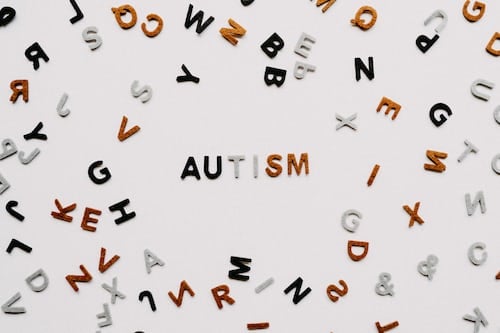
Here we will take an in-depth look into what CPI is and why these tactics can be so beneficial in de-escalating crises for children challenged by autism each day. We will also discuss how these tactics can be combined with several ABA strategies.
Safety should be the primary concern when you’re at home with an autistic child. Crisis Prevention Intervention training is one of the many safety precautions you can implement in your home. In this article, we’ll learn about CPI training. So, what is CPI training, and what advantages these techniques can bring to your everyday life?
What is CPI?
CPI is an organization, the Crisis Prevention Institution. CPI uses a specific strategy known as Non-Violent Crisis Intervention. This technique is used for various crisis-prevention scenarios, including those with children with an autism spectrum disorder. Having non-violent crisis intervention training is excellent as it can teach you the best practices to employ when faced with a potentially tricky situation or disruptive behavior. Becoming entirely sufficient in these techniques will allow you to identify if your child is at risk and be able to use verbal or nonverbal techniques to diffuse any dangerous behavior. If you become proficient in this training, your home will be a much safer space for your child and yourself.
CPI training
The Crisis Prevention Institute is an international organization that dedicates its knowledge and time to training in the safe management of assaultive and disruptive behavior. Since the conception of the organization in 1980, they have had over six million professionals who have participated in the training they provide. This includes thousands of businesses and organizations worldwide that have been able to successfully implement the safe, non-harmful techniques and developed intervention plans set by CPI. Only extremely well-trained and certified CPI instructors have the ability to teach other CPI methods, which is why this training is so great at home.

Why is CPI used?
CPI is one of the best non-violent crisis intervention strategies for so many people as it can be combined with many other practices you may have already implemented in your home. The proactive nature and focus on de-escalation strategies mean that it can help a wide range of people who have autism. Those who have autism have unique characteristics, and the specific nature of a particular type of autism could mean that special circumstances need to be considered. The adaptive nature of CPI is why these techniques are so good.
The benefits of using CPI
The most notable benefits are:
- CPI will teach you how to recognize and respond to a crisis appropriately. The imperative decision-making skills you need to make will effectively match the response to the level of risk from the crisis. CPI training will teach you to focus on the least restrictive response, ensuring all situations are de-escalated with minimal stress. You will develop the skills to recognize the various stages of an escalating crisis and how to use your newly learned evidence-based techniques for de-escalation.
- Physical intervention should always be a last resort. If you have gained the proper education, you can respond to a situation to keep your child and yourself at the lowest risk possible. Some de-escalation strategies do not work, in which case physical intervention is required. Proper CPI teaches the best physical intervention strategies to ensure that your child endures as little trauma as possible and can immediately continue with the task they were completing.
- CPI is a fully accredited scheme. The evidence-based training program has been proven to work. There is also a continued effort to ensure that these techniques are up to date and meet international standards, which is why the training is reviewed bi-annually for all interventions.

How does autism show up in children?
Autism shows up in every person differently, which, when the person is young, can lead to frustration through a lack of understanding. As a parent, if you know that there is no such thing as one size fits all – you will already be at an advantageous stage for managing potential conflict. You should learn about your child's specific anxiety warning signs and triggers and combat them when they begin to show. For example, some children may clench their fists when happy and excited, while others may do the same when they feel frustrated or anxious. If you know the signs, you will know what procedure to take.
Finding out what triggers your child has will be very beneficial to your everyday living. Are they a child who likes physical touch? Or should this type of interaction be avoided entirely? Do they like routines and schedules, and if so, what type of schedules are these? What are their favorite possessions? What actions have helped your child calm down in the past? These are just a few questions you should be asking yourself to create a better understanding of the troubles your child is facing.